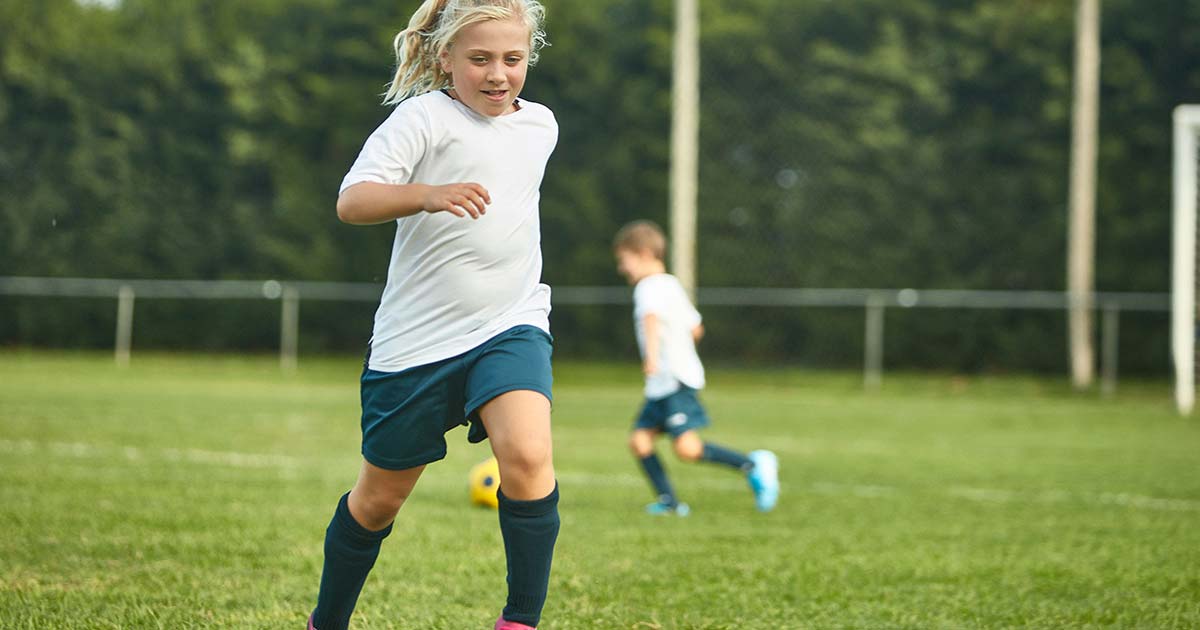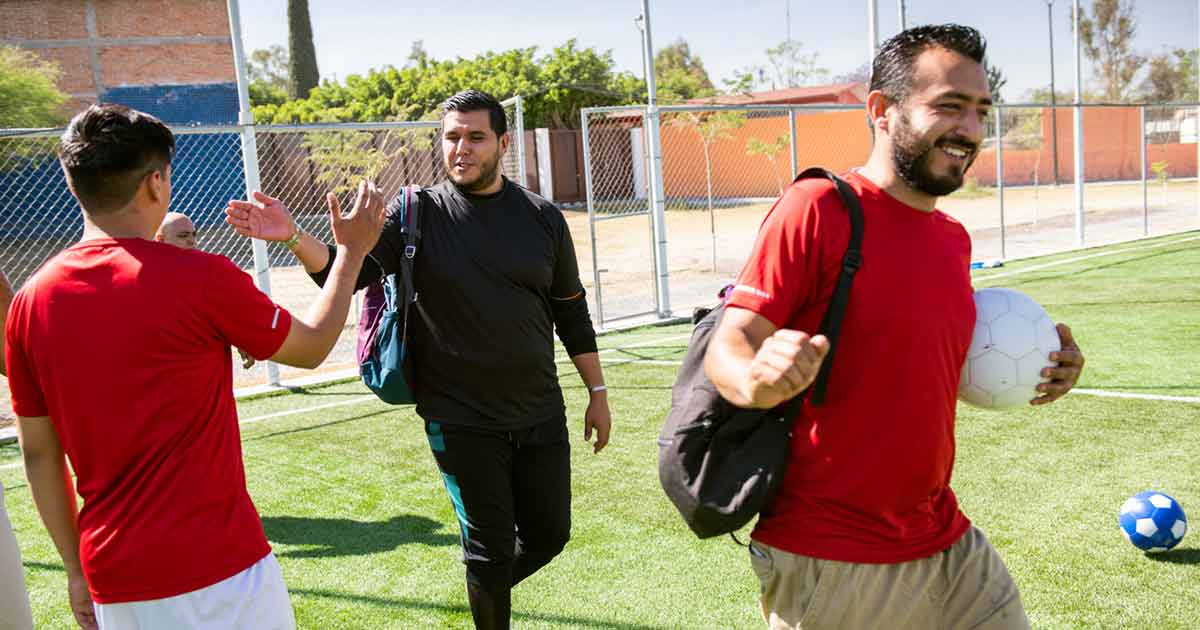Preventing Arm Injuries During Baseball Season
Advice to improve your movement, fitness, and overall health from the world's #1 in orthopedics.
For baseball players—whether at the Little League, high school or college level—unique demands are placed on the body. Of course, baseball injuries can happen at any time, but the physical stresses of throwing a baseball subject players to a certain constellation of injuries that are more common in throwing or overhead sports.

Most of these are due to overuse and affect the shoulder and elbow. HSS orthopedic surgeon Joshua S. Dines, MD, formerly head team orthopedist for the New York Mets and the Medical Director of Major League Pickleball, who specializes in shoulder surgery, shares more about common arm injuries in baseball players and how to prevent them.
Baseball Shoulder Injuries
To understand why the shoulder often gets injured in baseball players, it helps to understand a bit more about its anatomy. The shoulder joint is a ball-and-socket joint, which means the head of the bone (humerus) sits in an open cavity in the shoulder (glenoid). The group of muscles surrounding it, called the rotator cuff, helps stabilize the shoulder during throwing motions. The labrum, another structure in the area, helps keep the shoulder from dislocating. “These soft tissues can be injured in isolation, but more commonly, they’re both injured in the thrower’s shoulder,” says Dr. Dines. “Partial tears of the rotator cuff and anterior labral tears of the shoulder [in the front of the shoulder] are very common.”
Younger athletes may also experience a condition known as Little Leaguer’s shoulder. “In children, the bones grow from an area known as the growth plate,” says Dr. Dines. “This area of the bone at the top of the humerus, in the upper arm, is more susceptible to injury, particularly in situations where the shoulder is overused. Little Leaguer’s shoulder refers to inflammation of the growth plate due to throwing.” Little Leaguer’s elbow is a similar condition that may affect the growth plate in the elbow.
Also in the elbow is the ulnar collateral ligament, which is a tissue that keeps the elbow stable during throwing. This ligament can be injured during a single throw, or more commonly can progressively tear over time as a result of years of repetitive throwing motions. The flexor and pronator tendons, on the inner side of the elbow, can also become inflamed from overuse resulting in a condition called tendonitis.
Symptoms of Shoulder and Elbow Injuries
Different shoulder and elbow injuries cause similar symptoms, including pain during throwing, decreased velocity and accuracy, and difficulty warming up, says Dr. Dines.
If these symptoms develop, “the first-line treatment is to stop the offending activity, so resting the arm from throwing,” he says. “Ice and anti-inflammatory medications may help as well.” If the pain persists, the player should seek medical advice.
Preventing Shoulder and Elbow Injuries
To prevent these injuries from happening in the first place, Dr. Dines recommends a deliberate approach. “With regards to throwing, that means proper, gradual conditioning to make sure one’s muscles are strong enough and flexible enough to withstand the demands of a baseball season.”
“A rotator cuff and core strengthening program, in addition to a shoulder stretching program, can help prevent injuries and keep kids on the field,” he adds.
The HSS Pediatric Rehabilitation and Young Athlete Center helps young athletes return to sports after an injury as well as improve their sports performance. Teams and coaches looking for tools and resources that can help children strengthen and prevent injury can reach out to HSS Sports Safety for workshops and programs.
Published 4/4/2023




